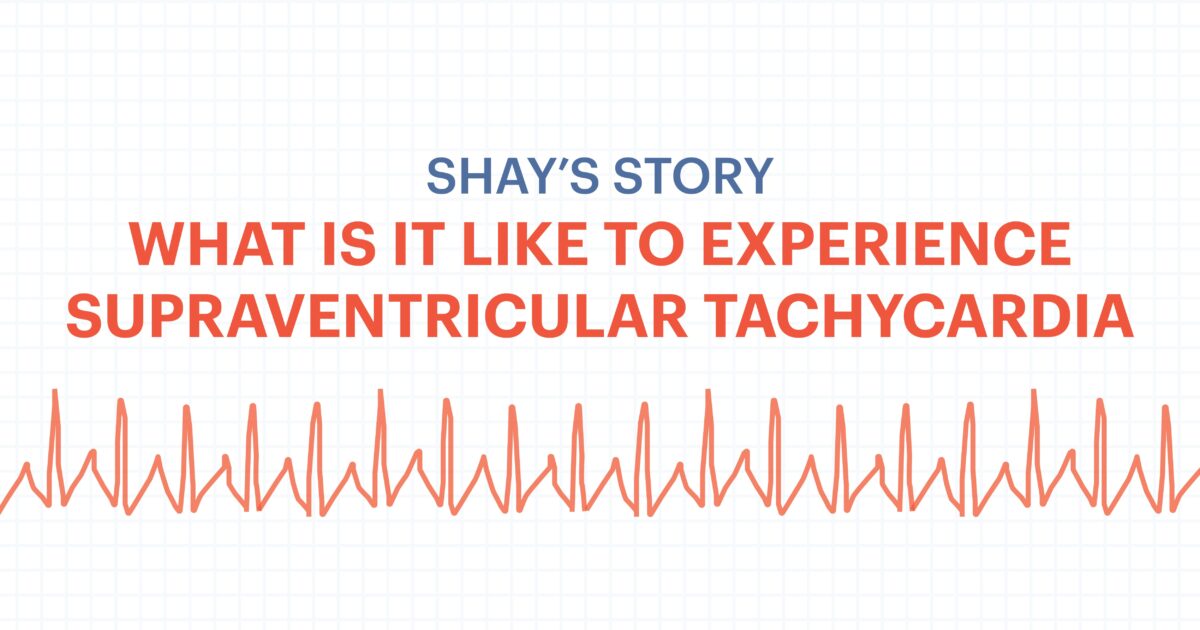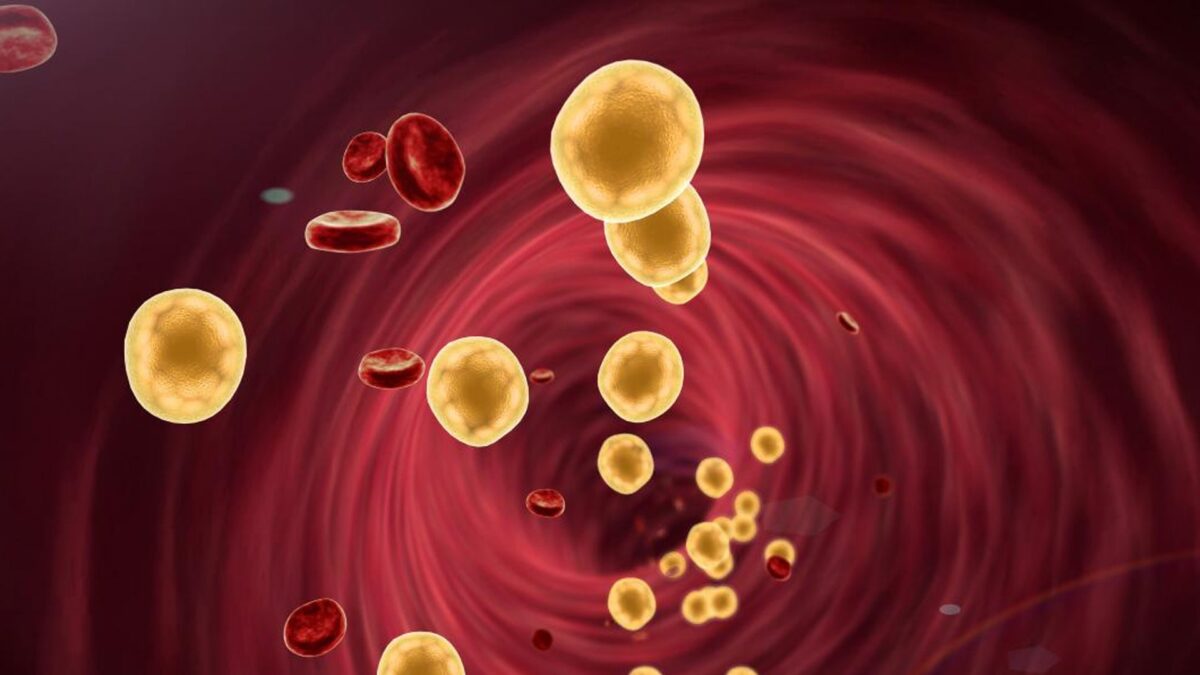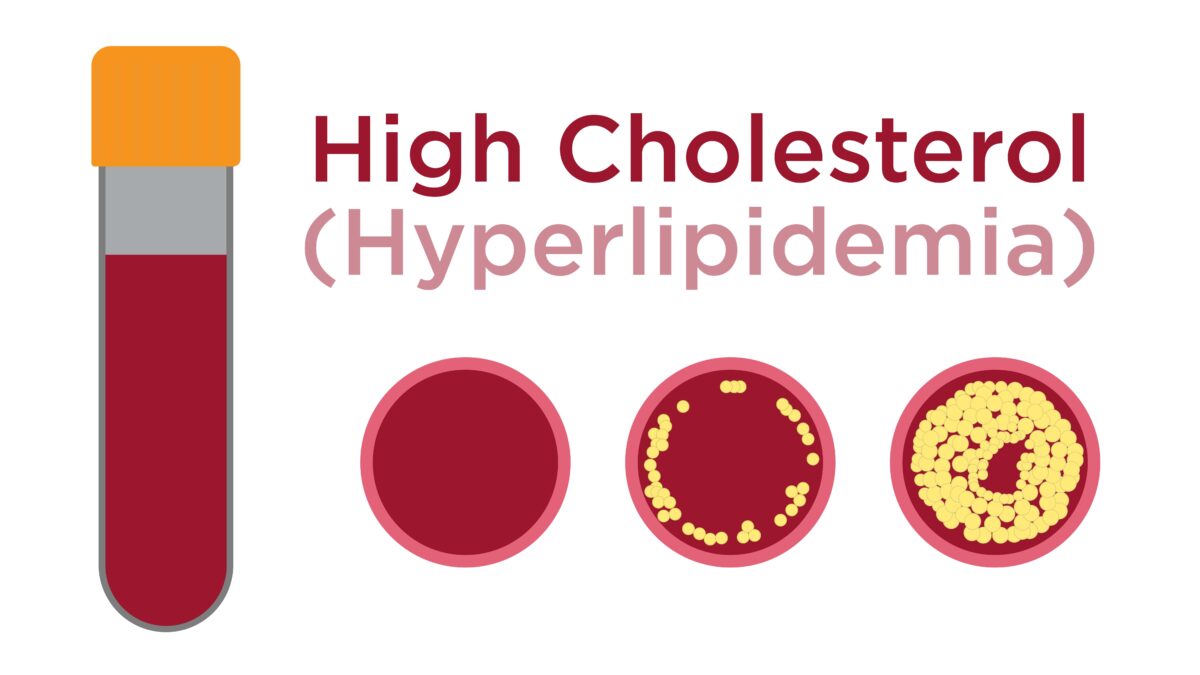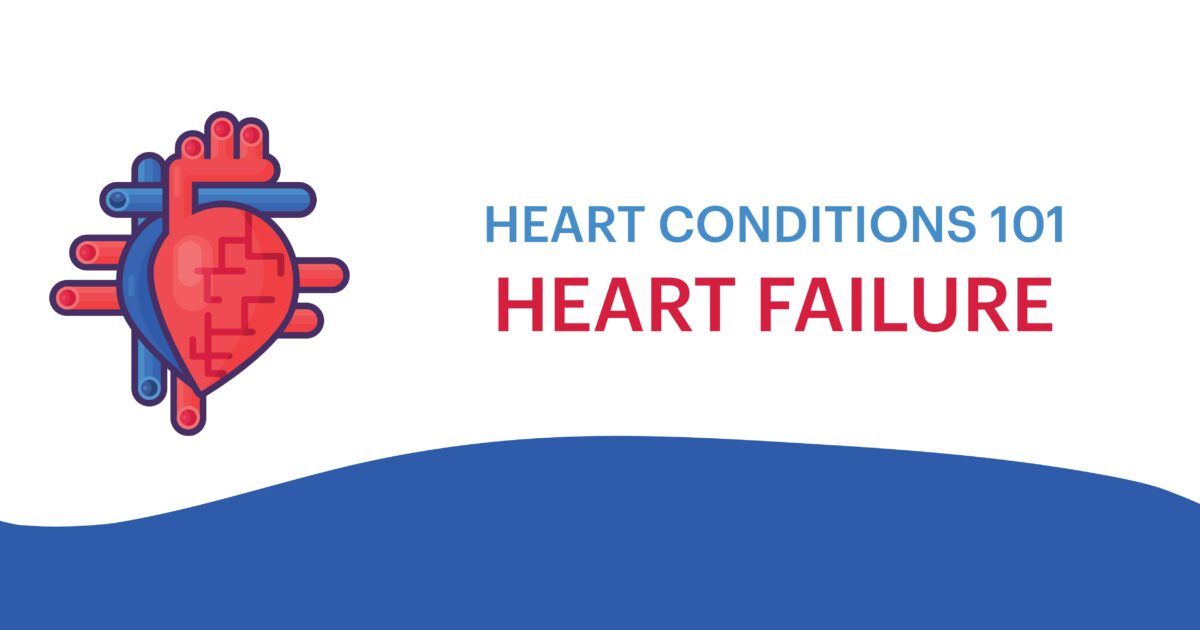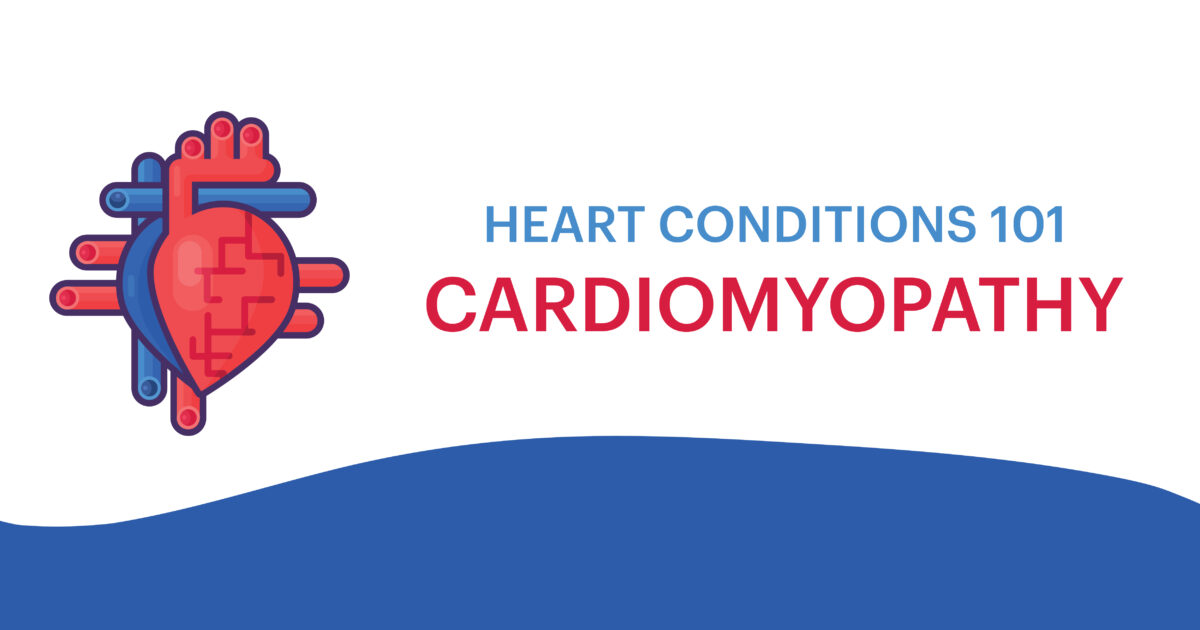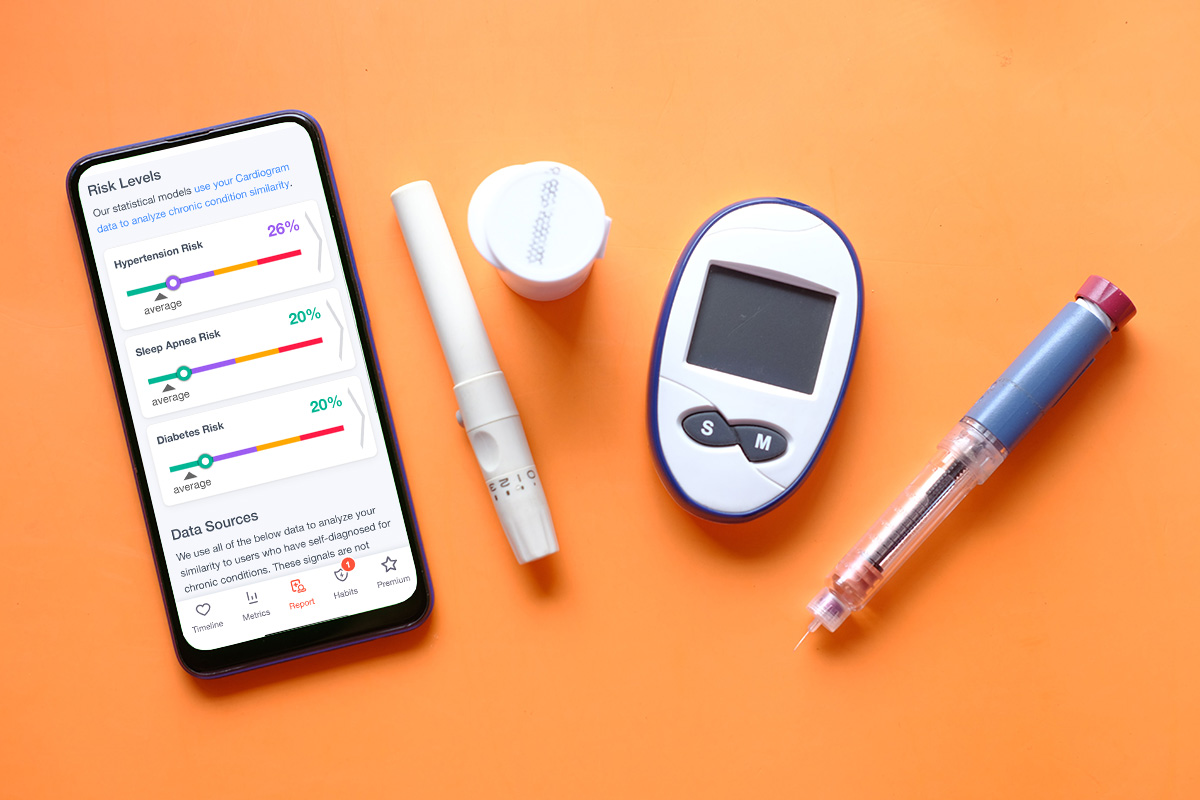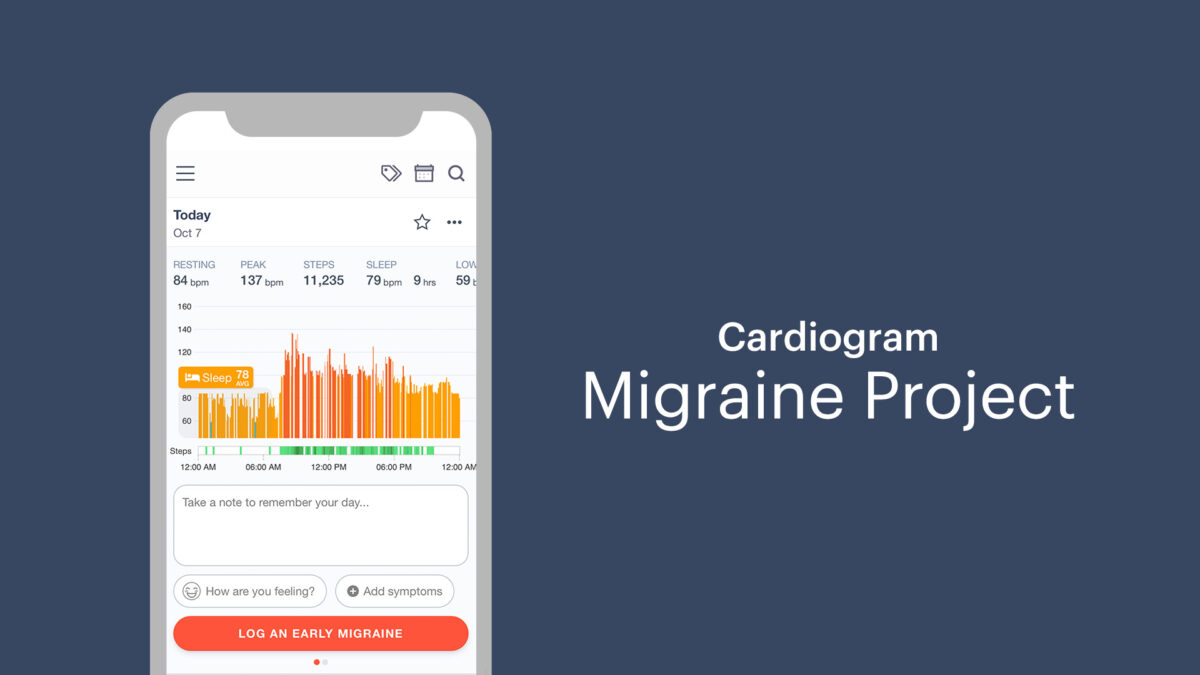SPECIAL GUEST BLOGGERHi, Cardiogram Fam! We’d like to introduce a special guest blogger, Shaquana Graves (also known as Shay), a fellow Cardiogram member and cardiovascular technologist, as she shares Part 1 of her journey with SVT.Supraventricular tachycardia (or SVT) is intermittent, unprovoked rapid heart rate that occurs when there is a disruption of the heart’s electrical system. This disruption causes …
What is the Relationship Between Dyslipidemia and Coronary Artery Disease?
Over the years, high cholesterol levels have become a source of public fear due to mainstream media narratives. However, there’s more to the story. Doctors refer to an abnormal lipid panel as dyslipidemia. This is a disease that involves abnormal cholesterol levels and can . Diagnosis usually involves a simple blood draw and there are treatment and preventative protocols that …
High Cholesterol (Hyperlipidemia)
High cholesterol is a common, but serious, issue. It arises when there’s an excess amount of a waxy substance called cholesterol in the blood. Around 38% of the U.S. adult population have high cholesterol1. And the development of it can lead to heart disease and stroke. But there are ways to both prevent and lower cholesterol! Before we get there, let’s …
Heart Failure 101
Heart failure describes the inability of the heart to pump blood into the major blood vessels. As a result, your organs will receive insufficient amounts of oxygen and nutrients, causing a whole range of complications. A Bit About Heart Failure According to the Centers for Disease Control and Prevention (CDC), more than 6.2 million Americans are living with heart failure.1 This condition …
Why is Exercise Important in Type II Diabetes Prevention & Management?
We all know it’s important to get exercise. But putting this knowledge into practice may actually prevent and control type 2 diabetes mellitus (T2DM). The Importance of Physical Activity for T2DMPeople with T2DM who live a physically active lifestyle maintain better control over the disease and its complications. And maintaining a healthy body weight and an active lifestyle may even prevent …
Cardiomyopathy: Symptoms, Causes, Diagnosis & Treatment
Cardiomyopathy is a group of diseases in which the heart muscle has a hard time properly pumping blood. While these diseases can cause serious issues, there are treatment and prevention options for limiting its development, or avoiding it altogether. While cardiomyopathy can occur in any age group, 1 in every 500 adults has some form of it.What are cardiomyopathy symptoms? Symptoms of cardiomyopathy can …
How Does Diabetes Impact Coronary Heart Disease?
Diabetes mellitus is a chronic condition that affects people of all ages. The main characteristic of this disease is having too much sugar (or glucose) in the blood. After we eat, food is usually broken down into glucose and enters the bloodstream. When blood sugar levels rise, the pancreas is meant to release insulin which allows the blood sugar to …
The Emotional & Mental Health Impact of POTS Symptoms
SPECIAL GUEST BLOGGERHi Cardiogram Fam! We’d like to introduce a special guest blogger, and fellow Cardiogram Member, Joanna No Banana (as she’s known online). Joanna is a disability advocate on her journey to living her best life with Postural Orthostatic Tachycardia Syndrome (POTS), Mast Cell Activation Syndrome (MCAS), and Ehlers-Danlos Syndrome (EDS). For Dysautonomia Awareness Month, we asked Joanna to …
How to Have a Better Relationship with Your Body (POTS Edition)
SPECIAL GUEST BLOGGERHi Cardiogram Fam! We’d like to introduce a special guest blogger, and fellow Cardiogram Member, Joanna No Banana (as she’s known online). Joanna is a disability advocate on her journey to living her best life with Postural Orthostatic Tachycardia Syndrome (POTS), Mast Cell Activation Syndrome (MCAS), and Ehlers-Danlos Syndrome (EDS). For Dysautonomia Awareness Month, we asked Joanna to …
Migraine Project: We’ve Officially Launched
In our Covid survey, sent out earlier this year, 22% of respondents indicated they suffer from migraines. That’s a pretty profound statistic. Enough so that we decided to kick off a migraine project in hopes of ultimately alleviating some of the suffering for our members! There are so many physiological processes that occur during the initial stages of a migraine …


